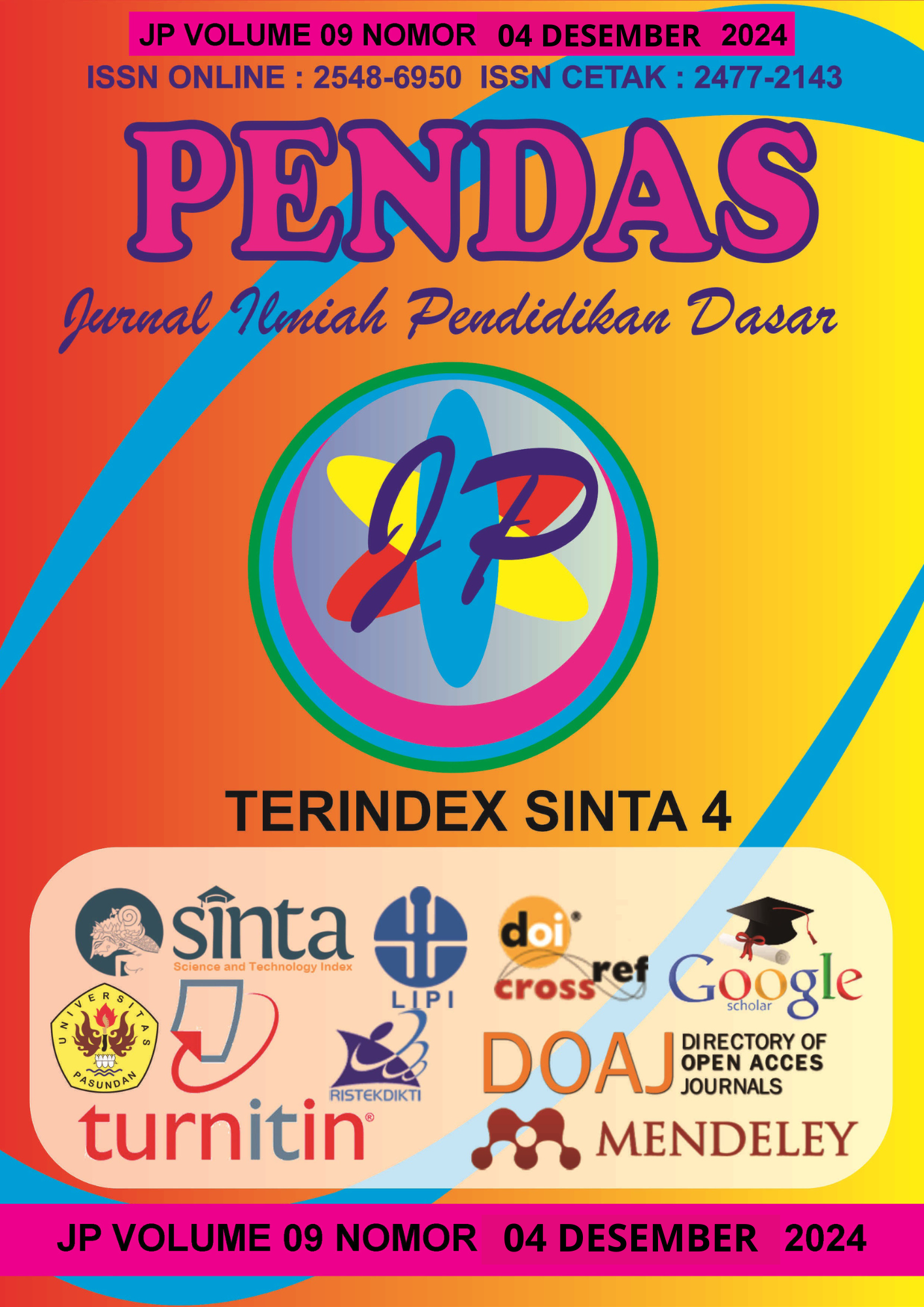PENGEMBANGAN SUMBER DAYA MANUSIA DALAM LEMBAGA PENDIDIKAN ISLAM DI MTS SALAFIYAH KOTA CIREBON
DOI:
https://doi.org/10.23969/jp.v9i04.18653Keywords:
islamic education institutions, human resourcesAbstract
This article aims to provide a descriptive analysis of human resource development in Islamic educational institutions. Because seeing the problems that often appear in Islamic educational institutions is not far from the quality of existing human resources, management, leadership, finance, and institutional aspects. In terms of human resources, it is a separate problem, namely that many still do not meet the minimum academic qualifications required. This requires educators and education personnel to take education, but the reality is still far from the hope of improving quality because the goal is only to meet the demands of the law. The results of this study indicate that human resource development occupies a fairly central position in the development of the quality of Islamic education. In organizing educational activities, an educational institution is required to always meet various expectations and needs desired by the community, in addition, educational institutions need to realize the educational goals that they have formulated. Its implementation can be done through human resource management activities which are one of the important elements in organizing education in a sustainable Islamic educational institution. The existence of adequate human resources in a school will help the sustainability of educational activities in the school. Teachers and students will be greatly helped when the school has a good and adequate human resource superstructure base, students will find it easy to explore creativity, teachers will find it easy to spark student creativity. The implementation of human resource development in educational institutions consists of development steps, factors that influence human resource development. This is done as a provision of a view of human resource development in Islamic educational institutions.
Keyword: islamic education institutions, human resources
Downloads
References
Admodiwiryo. (2000). Manajemen Pendidikan Indonesia. Jakarta: Pustaka Jaya
Andini, A. P., Tahier, I., Nurlaela, Natashyah, & Aris, M. N. (2024). Pengertian Sumber Daya Pada Era 4.0. Ejurnal Unisri, 08-No 01, 21–31.
Andriani, N. Y., Sari, A., Novianti, A., Nurlianti, A., Triananda, E. S., & Sopyan, M. T. A. (2022). Pengelolaan Sumber Daya Manusia (SDM) UMKM Ness Collection Sukabumi Di Desa Parungseah. Jurnal Pengabdian Hasil Diseminasi, 1(01), 23–28.
Bafadhol, I. (2017). Lembaga Pendidikan Islam di Indonesia. Jurnal Edukasi Islami Jurnal Pendidikan Islam, 60-62.
Machfudz. (2022). Manajemen Lembaga Pendidikan Islam. Yogyakarta: Pustaka Ilmu, Maret, Cet. I
Mukaffan. (2022). Pengembangan Sumber Daya Manusia dalam Kepemimpinan Islam. Lumajang: Klik Media, Oktober Cet. 1
Perawironegoro, D. (2018). Pengembangan Sumber Daya Manusia di Lembaga Pendidikan Islam. Jurnal Tajdidukasi, 2-3.
Rezky, M. P., & dkk. (2019). Generasi Milenial yang Siap Menghadapi Era Revolusi Digital (Society 5.0 dan Revolusi Industri 4.0) di Bidang Pendidikan Melalui Pengembangan Sumber Daya Manusia. Seminar Nasional Pascasarjana, 1121-1122.
Sari Pascariati Kasman, P. (2021). Faktor- Faktor Yang Mempengaruhi Kinerja Bank Syariah Indonesia: Pemberdayaan Sumber Daya Manusia, Motivasi Kerja Dan Perubahan Organisasi (Literature Review Manajemen). Jurnal Manajemen Pendidikan Dan Ilmu Sosial, 2(2), 689–696. https://doi.org/10.38035/jmpis.v2i2.6 25.
Triwiyanto, T., & Ulfatin, N. (2016). Manajemen Sumber Daya Manusia Bidang Pendidikan. Jakarta: Raja Grafindo Persada.
Downloads
Published
Issue
Section
License
Copyright (c) 2024 Pendas : Jurnal Ilmiah Pendidikan Dasar

This work is licensed under a Creative Commons Attribution 4.0 International License.



















